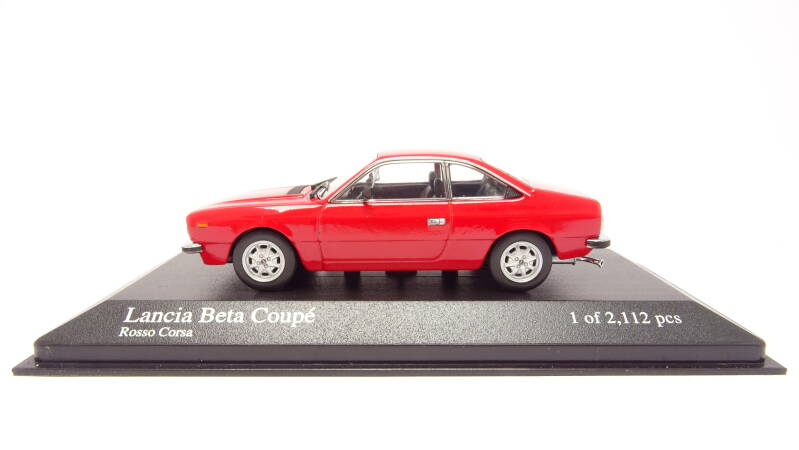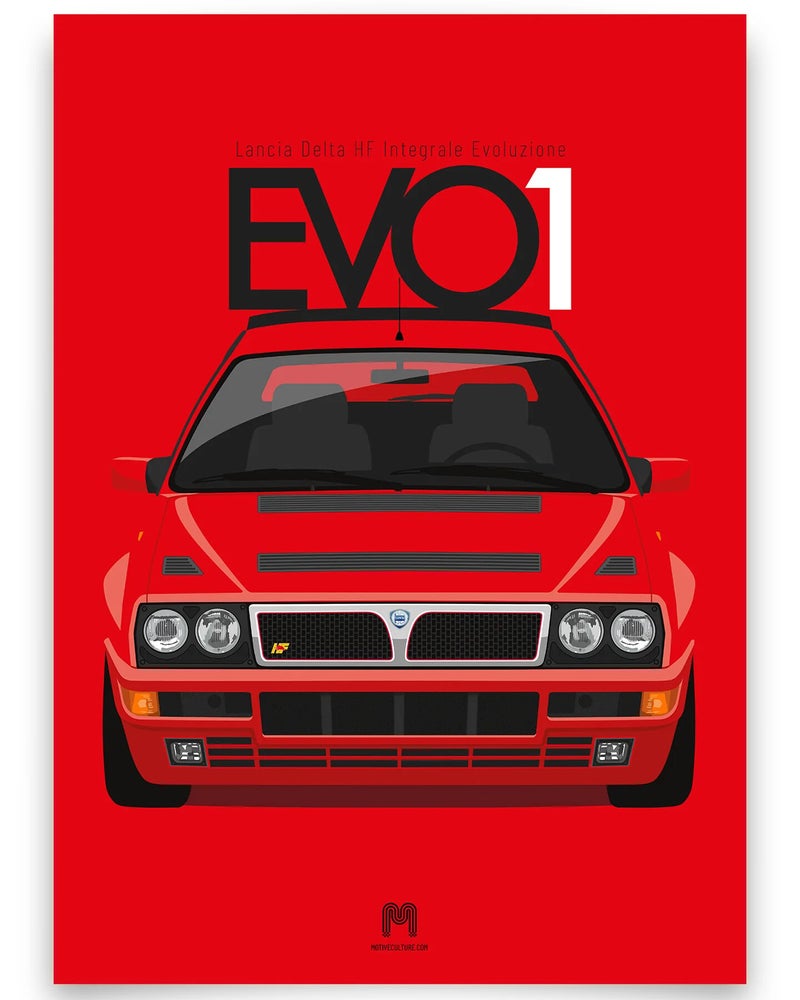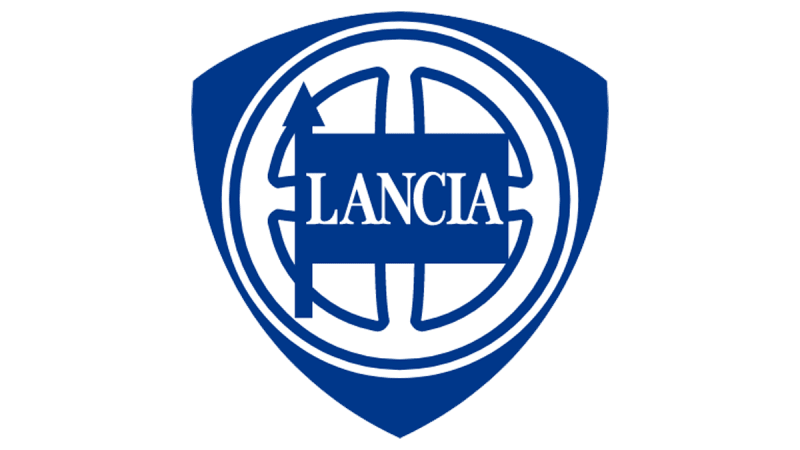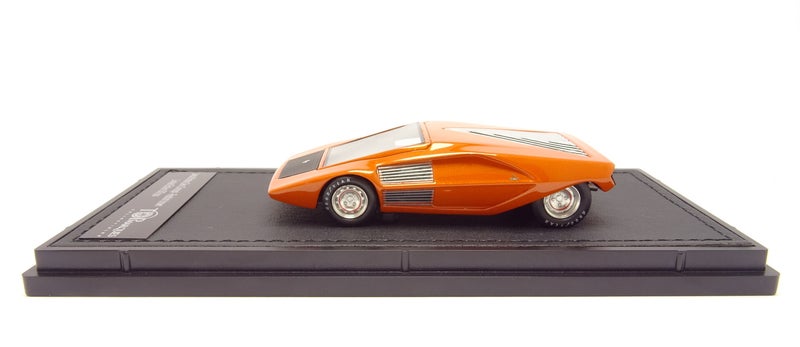

Lancia was founded as a manufacturing concern in 1906 by Vincenzo Lancia and Claudio Fogolin.
Lancia was an Italian automobile manufacturer founded in 1906 by Vincenzo Lancia as Lancia & C.. It became part of the Fiat Group in 1969; the current company, Lancia Automobiles, was established in 2007. The company has a strong rally heritage and is noted for using letters of the Greek alphabet for its model names.


Headquarters: Lancia, Turin, Italy, 1906-1969

Parent: Fiat, Lingotto, Turin, Italy, 1969-2015

Headquarters: FCA, Amsterdam, Netherlands, 2015-2021

Parent: Stellantis, Hoofddorp, Netherlands, 2021-now



















rally safari 1984
rally san remo 1985



delta
The Lancia Delta is a small family car produced by Lancia in three generations. The first generation (1979-1994) debuted at the 1979. The first Delta (Tipo 831) was a five-door hatchback, designed by Giorgetto Giugiaro and was voted car of the year in 1980.
The engines derived from the Fiat Ritmo. The Fiat engines were revised by Lancia engineers and produced 85 PS, ten more horsepower than the same engines did in the Ritmos. To achieve its market positioning the Delta offered features uncommon in the segment.

set of lancia delta integrale https://www.youtube.com/watch?v=FgSQzGVPoI8&ab_channel=thebiggarage













1906-1911
1907-1911
1911-1929
1929-1950
1950-1957
1957-1974






1972-1981
1974-1981
1981-2001
2001-2007
2007-2022
2022-now






















Create Your Own Website With JouwWeb